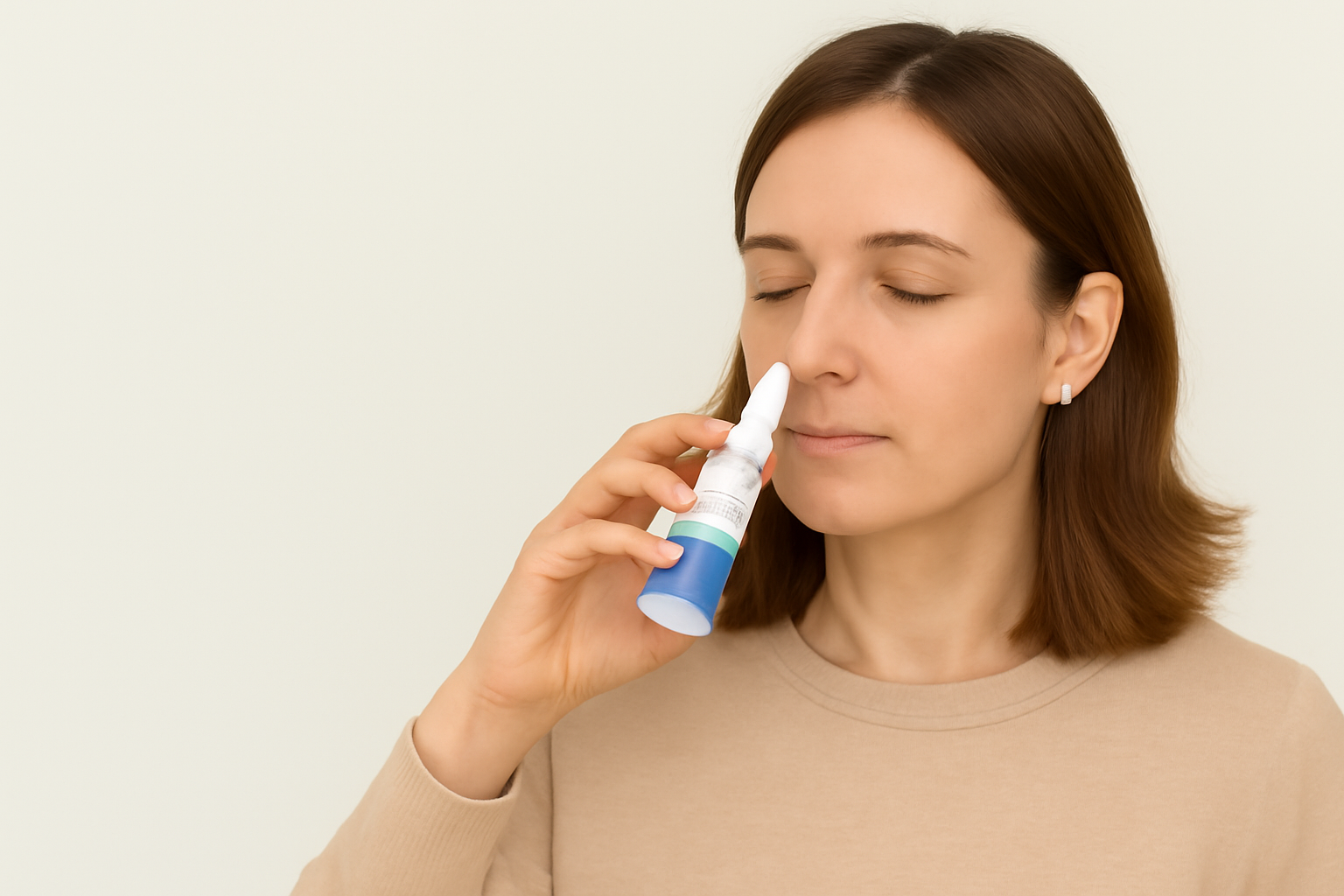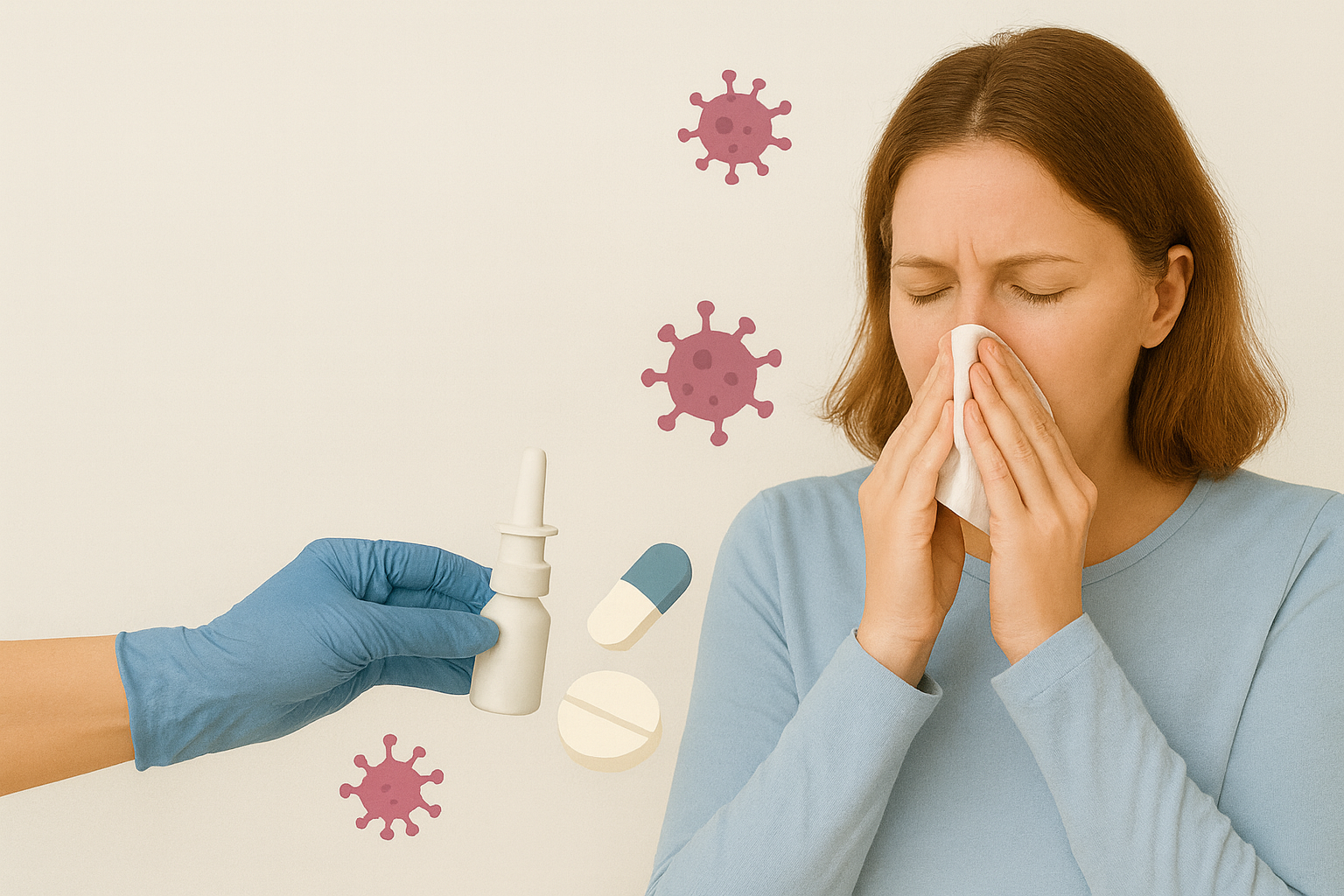Insights from Reverse Genetics on SARS-CoV-2 Infection in the Human Respiratory Tract
In a groundbreaking study published in Cell, researchers used reverse genetics to better understand how SARS-CoV-2 infects different regions of the respiratory tract. By creating infectious clones of the virus embedded with reporter genes, scientists were able to map the progression of infection and identify the cells most vulnerable to viral entry.
The findings reveal a clear infection gradient, highlight vulnerabilities in individuals with pre-existing conditions, and provide valuable tools for studying immunity, transmission, and potential treatment strategies.
Key Highlights from the Study
Reverse Genetics and Viral Engineering
- Scientists engineered a full-length SARS-CoV-2 cDNA clone and developed reporter viruses by inserting GFP and nanoluciferase genes.
- These viruses mimicked wild-type SARS-CoV-2 behavior, enabling real-time tracking of infection in various human respiratory cells.
- The engineered viruses were stable, replicating effectively in vitro without needing additional protease treatment.
Infection Gradient in the Respiratory Tract
- A clear infection gradient was observed: highest in the nasal epithelium, decreasing through the bronchial and alveolar regions.
- ACE2 receptor expression followed a similar pattern, peaking in nasal tissues and tapering in the lungs.
- Primary targets included:
- Ciliated airway cells in the upper tract
- Alveolar type II pneumocytes (AT2 cells) in the lower tract
Neutralization and Antibody Response
- Antibodies from SARS (2003) patients showed limited cross-neutralization against SARS-CoV-2.
- COVID-19 convalescent sera had:
- Strong neutralization activity against SARS-CoV-2
- Minimal effect on SARS-CoV or MERS-CoV
- These results indicate limited antigenic overlap and support the need for virus-specific vaccine strategies.
Role of Host Proteases
- SARS-CoV-2 relies on host proteases for spike protein activation:
- TMPRSS2 and Furin enhanced viral entry and replication.
- Trypsin was less effective and even destabilized viral particles.
- Findings emphasize the importance of protease expression patterns in viral infectivity.
ACE2 Expression in Chronic Lung Disease
- ACE2 and TMPRSS2 expression was significantly upregulated in lungs of cystic fibrosis (CF) patients.
- Cytokine exposure also modulated ACE2 expression:
- IL-1β and interferon-β increased ACE2 levels.
- IL-13, associated with asthma, decreased ACE2 expression.
- These patterns suggest that individuals with inflammatory lung conditions may be more susceptible to SARS-CoV-2.
Evidence from Autopsies
- Lungs of deceased COVID-19 patients showed:
- Patchy, peripheral distribution of infection, consistent with aspiration.
- Infection predominantly in ciliated cells, AT2, and possibly AT1 cells.
- MUC5B (a mucin protein) abnormally accumulated in alveolar spaces, potentially linking COVID-19 to fibrotic lung outcomes.
Implications for Transmission and Disease Progression
- The nasal cavity is likely the initial site of infection due to:
- High ACE2 expression
- Greater replication efficiency in nasal epithelial cultures
- Likely progression: virus enters through the nose and reaches the lungs via aspiration, especially during sleep.
- This model aligns with:
- Patchy lung involvement seen in imaging
- Delayed onset of lower respiratory symptoms
- Experimental data from animal models
Conclusion and Future Outlook
This study offers critical insights into the biology and behavior of SARS-CoV-2 within the human respiratory system. The reverse genetics platform not only advanced our understanding of viral pathogenesis but also introduced tools that can accelerate vaccine and therapeutic development.
Key takeaways include:
- Nasal tissues are a major reservoir for early infection and transmission.
- Infection susceptibility varies by region and cell type within the respiratory tract.
- Inflammatory conditions and cytokine responses can influence ACE2 expression and, potentially, disease severity.
The research highlights the potential of interventions targeting the upper respiratory tract—including nasal antivirals, early diagnostics, and masks—to reduce transmission and prevent progression to severe disease.






.png)